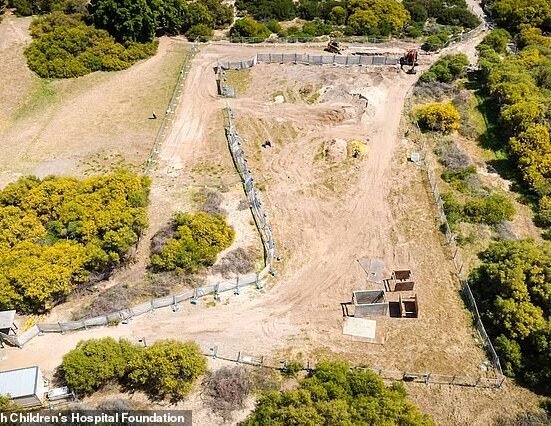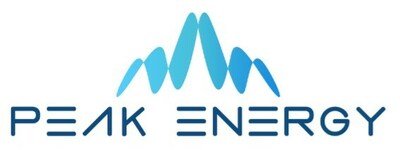The report, which monitors the business results of Islamic finance institutions for 2024, showed that Islamic banks accounted for 87.4 per cent of these assets, while Islamic sukuk accounted for 11.2 per cent, Takaful insurance companies accounted for 0.7 per cent, and the remaining shares were distributed among investment funds and other Islamic financial institutions.
It also noted that Islamic banks’ assets grew by 3.9 per cent in 2024, reaching QR585.5bn ($160.8bn).
Islamic finance in Qatar
Deposits also rose by 8.2 per cent to QR 339.1bn ($93.2bn), with private sector deposits accounting for 57 per cent.
Financing reached QR401.5bn ($110.3bn), a 4.9 per cent increase, primarily directed towards the real estate and government sectors, followed by personal financing.
Revenues grew by 12.6 per cent to QR29.5bn ($8.1bn), and profits reached QR8.7bn ($2.4bn), a 6 per cent growth rate.
As for Takaful insurance sector, the report stated that Takaful insurance companies’ assets grew by 7.1 per cent year-on-year, reaching QR5.1bn ($1.5bn) in 2024.
Policyholder assets also grew by 6.3 per cent, reaching QR2.6bn ($714m), while insurance subscriptions increased by 18.6 per cent, exceeding QR1.9bn ($522m).
Takaful insurance companies’ operating results varied between achieving insurance surpluses and recording insurance deficits.
Regarding Islamic finance companies, the report stated that their assets reached QR2.53bn ($695m), a marginal increase of 0.8 per cent year-on-year in 2024.
Financing provided by these companies increased by 5.7 per cent to QR1.9bn ($522m), and their revenues reached QR277.2m ($76m), a 14.7 per cent increase.
Revenues from financing and investment activities represented 84 per cent of the total revenues.
The operating results of Islamic finance companies varied between achieving profits totalling more than QR178.5m ($49m) and incurring losses of approximately QR12m ($3.3m).
Regarding Islamic investment companies, the report indicated that the assets of the two Islamic investment companies grew by 5.2 per cent, reaching QR549.5m ($151m), while their revenues reached QR59.7m ($16.4m), a growth of 44.1 per cent.
Their operating results varied between achieving profits and incurring losses, with profits amounting to QR17.5m ($4.8m).
In the field of Islamic Sukuk, Islamic Sukuk issuances increased by 161 per cent. Islamic banks issued Sukuk worth QR9.5bn ($2.6bn) in 2024, a 300 per cent increase.
Qatar Central Bank issued Sukuk worth QR16.9bn ($4.6bn) in 2024, a 118.5 per cent increase compared to 2023.
Regarding Islamic investment funds, the report noted that assets of these funds amounted to QR944.6m ($259.5m), a 1 per cent increase, and their performance varied during 2024.
On the Qatar Stock Exchange, the Al Rayan Islamic Index closed up 2.23 per cent, while the performance of listed Islamic finance companies varied between increases of 2.3 per cent and decreases of 19.6 per cent.
According to the report, the Islamic financial sector in the State of Qatar is divided into four main sectors:
- Islamic banks
- Takaful insurance companies
- Islamic finance companies
- Islamic investment companies
In addition, there are Islamic finance products such as Sukuk, investment funds, and Islamic indices.
Dr. Khalid bin Ibrahim Al Sulaiti, Vice Chairman of Bait Al Mashura Financial Consulting, said: “The Islamic Finance in Qatar Report monitors the performance of Islamic finance institutions in the country, including Islamic banks, Takaful insurance companies, and Islamic finance and investment companies.
“It also reviews the performance of Islamic financial products, such as investment funds and Islamic sukuk, tracks the movement of the Islamic financial market, and provides an analysis of the overall performance of the Qatari economy.”
He added that Qatar is consolidating its position as a major centre for the Islamic finance industry globally, and growth prospects appear promising.
Meanwhile, the sector itself witnessed significant transformations and qualitative developments in performance, expansion, and supporting technologies over the past year.
This reinforces the need to keep pace with these changes through data analysis and trend monitoring, in order to provide a more comprehensive and accurate vision of the present and future prospects, striving to achieve a balance between Sharia dimensions, development goals, and economic and social sustainability.







